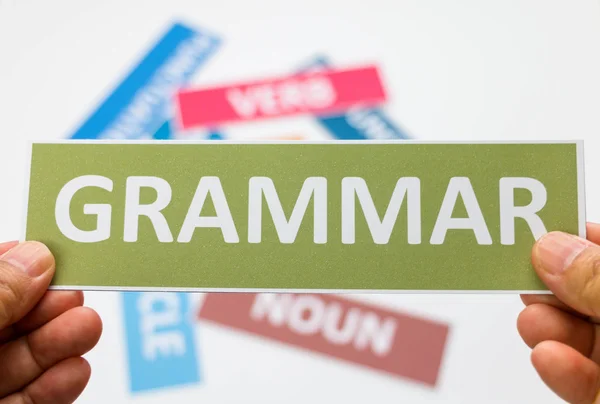“Seit” and “Vor” in German

“Seit” and “Vor” in German.”Seit” and “Vor” are two German terms used to refer to time, but they are utilized in different contexts and have distinct meanings. “Seit” is used to indicate a continuous period of time from the past to the present, while “Vor” refers to a specific point in the past. Understanding how to correctly use these terms is essential for grasping the German language and communicating effectively.

Explanation about “Seit” and “Vor” in German
In German, “seit” and “vor” are prepositions used to express different aspects of time, but they are employed in distinct contexts and convey diverse meanings. Here’s a closer look at each:
- Seit:
- Meaning: “Seit” translates to “since” or “for” in English. It is used to describe a period of time that started in the past and continues into the present.
- Usage: It is typically used with the present tense in German, indicating an action or state that began in the past and is still ongoing.
- Example:
- German: “Ich wohne seit fünf Jahren in Berlin.”
- English: “I have been living in Berlin for five years.”
- Vor:
- Meaning: “Vor” translates to “ago” or “before” in English. It is used to indicate a specific point in time in the past.
- Usage: When used to mean “ago,” “vor” is typically used with a time expression to indicate how much time has passed since an event occurred.
- Example:
- German: “Ich habe vor einer Woche meine Prüfung bestanden.”
- English: “I passed my exam a week ago.”
Examples for using “Seit” and “Vor” in German
| Preposition | Meaning | German Example Sentence | English Translation |
|---|---|---|---|
| Seit | Since / For | Seit drei Jahren lerne ich Deutsch. | I have been learning German for three years. |
| Sie arbeitet hier seit Januar. | She has been working here since January. | ||
| Vor | Ago / Before | Vor zwei Tagen habe ich einen Film gesehen. | I saw a movie two days ago. |
| Er hat vor einem Monat seinen Führerschein gemacht. | He got his driving license a month ago. |
Finally,we hope this article has helped clarify the applications of “seit” and “vor” and provided valuable insights into their practical implementation in everyday sentences. Thank you for joining us on this educational journey, and we wish you the best in your linguistic explorations!





























